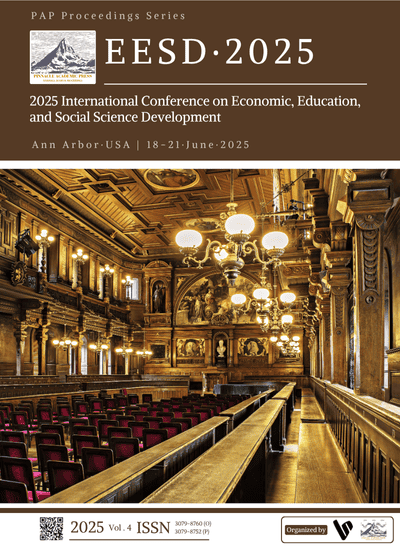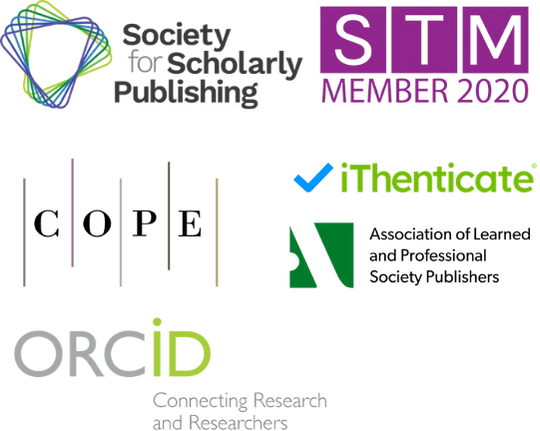Strength Regulation Strategies in Elite Volleyball Athletes: Implications for University Sports Education and Management
DOI:
https://doi.org/10.71222/0m17t430Keywords:
strength regulation, volleyball training, sports education, athlete management, periodizationAbstract
Strength regulation is a critical determinant of performance in elite volleyball, where athletes rely on explosive power, endurance, and dynamic force generation. However, university sports programs often lack systematic approaches to integrating scientifically validated strength training methods, leading to suboptimal athlete development and increased injury risks. This study investigates strength regulation strategies employed by elite volleyball athletes and examines their applicability within university sports education and management systems. By synthesizing case studies of professional players’ training regimens and analyzing physiological adaptation techniques, the research identifies scalable strategies for resource-constrained academic environments. The methodology combines a review of biomechanical literature with practical evaluations of low-cost training adaptations, such as modified periodization models and equipment alternatives. The findings reveal that key elite strategies, including neuromuscular activation drills, plyometric progressions, and recovery protocols, can be effectively adapted to university settings through modular programming and cross-disciplinary collaboration. Pilot implementations demonstrate measurable improvements in vertical jump performance and injury resilience among student-athletes. The study underscores the potential of structured strength regulation to enhance training efficiency, reduce long-term health risks, and bridge the gap between recreational and competitive sports pathways. These insights advocate for policy-level reforms in university sports management, emphasizing science-based training standardization and resource-sharing partnerships with professional leagues.
References
1. D. A. Kluka and S. Hendricks, "Volleyball," in Routledge Handbook of Global Sport, Routledge, 2020, pp. 103–114. ISBN: 9781315714264.
2. A. Rebelo, C. Marinho, J. C. Lima, B. Silva, A. Marques, and D. Costa, Strength Cond. J., 2022, doi: 10.1519/SSC.0000000000000895.
3. A. Khang, H. A. Alsuwailem, J. B. Kim, M. K. Joo, S. Y. Jung, and A. T. Hoang, Handb. Res. AI-Based Technol. Appl. Era Metaverse, IGI Global, 2023, pp. 83–104, doi: 10.4018/978-1-6684-8851-5.ch004.
4. J. Kiely, "Periodization theory: confronting an inconvenient truth," Sports Med., vol. 48, no. 4, pp. 753–764, 2018, doi: 10.1007/s40279-017-0823-y.
5. M. H. Stone, J. J. Sands, W. A. Sands, A. J. Pierce, R. R. Newton, and H. O’Bryant, J. Strength Cond. Res., vol. 35, no. 8, pp. 2351–2371, 2021, doi: 10.1519/JSC.0000000000004050.
6. A. B. Wetmore, J. T. Suchomel, M. Sole, M. K. Trbovich, B. L. Buckner, and M. H. Stone, Sports, vol. 8, no. 11, p. 145, 2020, doi: 10.3390/sports8110145.
7. C. De Bleecker, M. Vanrenterghem, K. Roelands, J. T. B. Schepens, K. Vermeulen, and E. Roosen, Gait Posture, vol. 113, pp. 287–294, 2024, doi: 10.1016/j.gaitpost.2024.07.001.
8. D. J. Smith, "A framework for understanding the training process leading to elite performance," Sports Med., vol. 33, pp. 1103–1126, 2003, doi: 10.2165/00007256-200333150-00003.
9. K. Till, C. Jones, S. Cobley, C. Morley, G. O’Hara, and S. Chapman, PLoS One, vol. 17, no. 1, p. e0262995, 2022, doi: 10.1371/journal.pone.0262995.
10. A. A. Keoliya, M. S. Tiwari, P. Shinde, R. Pradhan, R. V. Yadav, and A. Deshmukh, Cureus, vol. 16, no. 1, p. e53273, 2024, doi: 10.7759/cureus.53273.
11. M. H. Stone, H. O’Bryant, M. McMillan, R. L. Johnson, W. A. Sands, and K. C. Pierce, Strength Cond. J., vol. 28, no. 3, pp. 44–53, 2006.
12. M. Driller and A. Leabeater, "Fundamentals or icing on top of the cake? A narrative review of recovery strategies and devices for athletes," Sports, vol. 11, no. 11, p. 213, 2023, doi: 10.3390/sports11110213.
13. D. Kobsar, R. A. Osis, E. Hettinga, B. Ferber, A. L. Daniels, and B. R. Kendall, J. Neuroeng. Rehabil., vol. 17, p. 1, 2020, doi: 10.1186/s12984-020-00685-3.
14. G. Plakoutsis, J. N. Pappas, A. C. Theodorou, S. Papadopoulos, D. I. Dimitrios, and A. Bassa, Appl. Sci., vol. 13, no. 20, p. 11200, 2023, doi: 10.3390/app132011200.
15. H. Vural, B. Demirhan, and A. Genç, J. Lifestyle SDGs Rev., vol. 5, no. 4, pp. e05768–e05768, 2025, doi: 10.47172/2965-730X.SDGsReview.v5.n04.pe05768.
Downloads
Published
Issue
Section
License
Copyright (c) 2025 Zhihang Bao (Author)

This work is licensed under a Creative Commons Attribution 4.0 International License.



